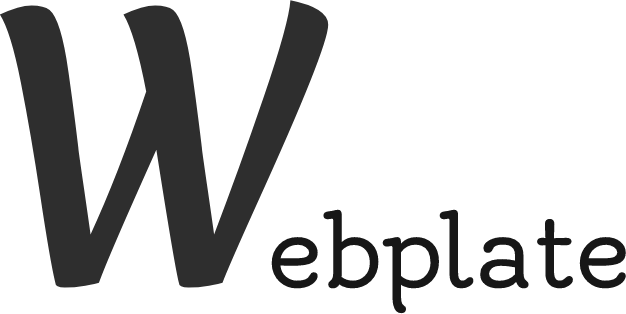How do we speed up project timelines?
Can we decrease overhead costs and still maintain high quality work?
These are questions that agency owners ask themselves all the time. Finding ways to be more efficient is just part of the job description of an agency owner.
When it comes to designing and developing websites, there are countless ways to be more efficient. Step-by-step processes, reusable components, existing color palettes, style guides, etc. are all ways to speed up the design and development cycle.
Another answer to the first two questions in this post, is HTML templates.
Website templates are a great way to save you time and money when working on client projects. The best templates are ones that are easy to customize based on the brand identity of the company you’re working with. We talk about why your agency should be using HTML templates in more detail here.
Using HTML Templates In Client Projects
So how would you go about incorporating these HTML templates into your client project workflow? If you’ve been in business for a few years now, you probably have a solid protocol when it comes to client projects. You and your team are 100 percent comfortable with the workflow because it’s been consistent forever.
Incorporating these website templates into your workflow may seem like it could disrupt things quite a bit, but it doesn’t have to.
After your initial research and brainstorming phase, you probably have a pretty good idea of what is needed for this project to be considered a success. You know what sections need to be included on the home/landing page, and what pages are needed to fill the rest of the site out. This is where the HTML templates come in.
At Webplate we have over 15 templates, listed in different categories. Some of those categories include ‘Real Estate’, ‘Construction’, ‘Finance’ and more. If your client fits under one of these existing categories, then it’s best to start looking there first to see if something sparks your interest.
These category-specific templates were built after countless hours of research. We found the most common elements of successful websites in each industry and incorporated them into our templates.
Our most popular category however, is our ‘Multi-Purpose’ category. There, we have templates that fit almost any service-based industry. These templates are created with the most common elements and sections in high performing service based websites.
When you find a template you like, purchase and download the source files. You have now saved hours of design and development time and thousands of dollars, with just a few clicks!
You’re now able to customize these templates based on the brand identity of your client’s business. Color palettes, fonts, images etc. From there you can move sections around to your liking and populate the site with the right copy.
Sounds simple enough right?
Using HTML templates for client projects isn’t much different from designing from scratch. The difference is that you save yourself a lot of time and money by using these templates. The only real downside, is that you may be sacrificing creativity a little bit.
Balancing Creativity With UX
Creativity is so important in web design. But if we’re being honest with ourselves, going too far outside the box will only hurt the overall user-experience. Most internet users are accustomed to interacting with the web a certain way. The more we try to go away from what they’re used to, the more likely they are to get frustrated and leave. The more time it takes a user to learn how to use your product, the more likely they are to give up and go to a competitor.
Balancing creativity with good UX is a constant battle for web designers and agency owners. Website templates are usually built with this in mind. The right amount of creativity to stand out from competitors, but also following the latest UX best practices.
Finding ways to decrease costs and speed up project timelines are a constant for agency owners. When it comes to web design, HTML templates are a pretty good solution for both issues listed above. You save time and costs by not having to hire a designer to design and develop from scratch.
Feel free to check out our catalog of templates here, and start growing your agency by becoming even more efficient than you already are.
